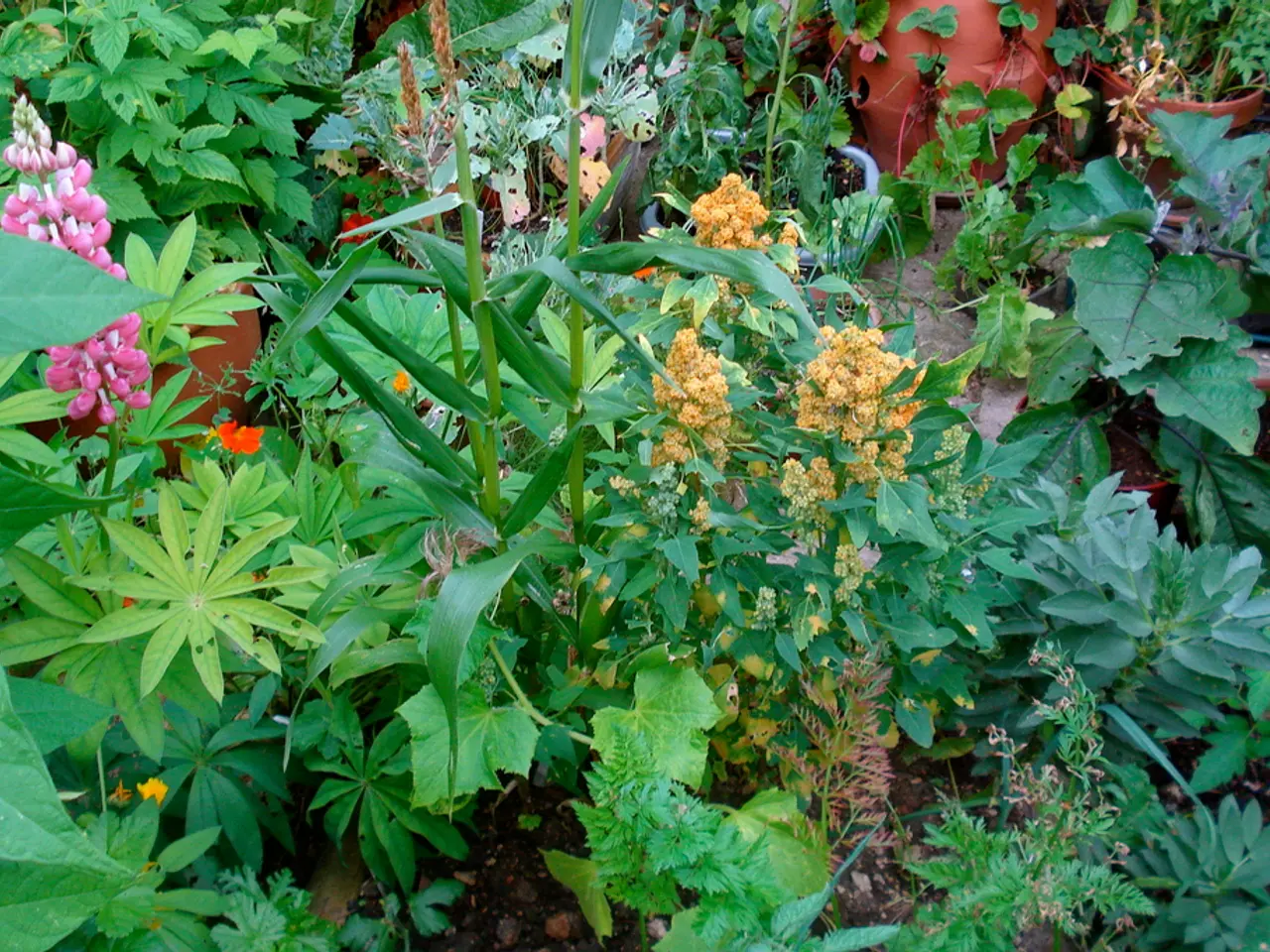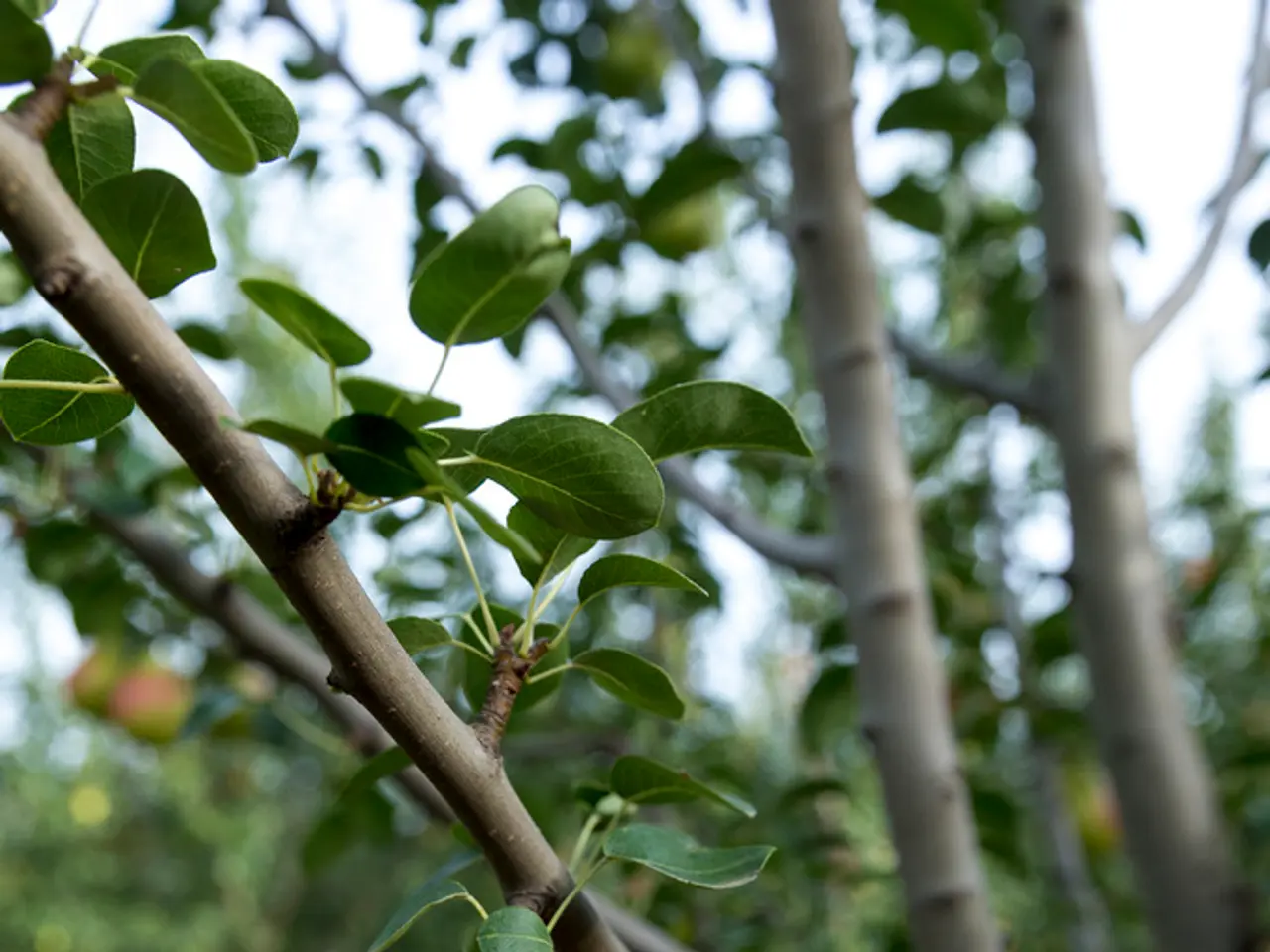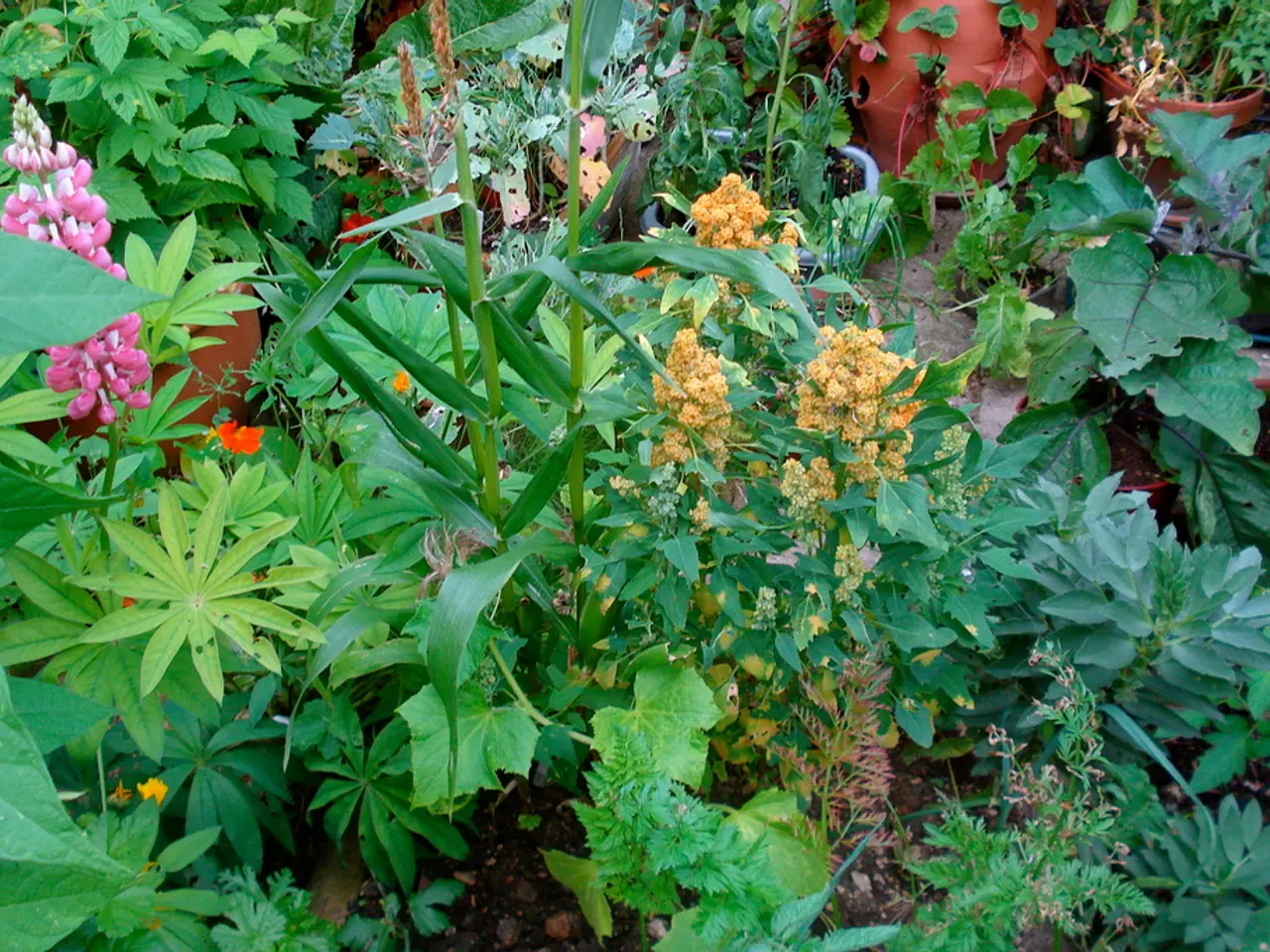Quick Solutions for Eliminating Odor from Your Stinky Compost Stack: Follow These Essential Tips
Fixing the Foul Smell of Compost Piles: A Guide
A well-maintained compost pile should emit a pleasant, earthy scent, unlike the unpleasant, sometimes overpowering odor that often characterizes a poorly managed one. The source of this unpleasant aroma is usually an imbalance in the composting process or the pile's environment, often due to insufficient oxygen or excess moisture.
To maintain a healthy and odor-free compost pile, follow these best practices to keep it smelling fresh and support efficient decomposition.
Preventing and Fixing Smelly Compost Piles
- Improve Airflow: Regularly aerate your compost pile using a garden fork, shovel, or compost tumbler. This allows oxygen to reach all parts of the pile, promoting aerobic decomposition and preventing anaerobic fermentation that leads to bad odors.
- Achieve a Balanced Mix of Compost Ingredients: Create an optimal carbon-nitrogen (C:N) ratio by combining nitrogen-rich "greens" such as fruit and vegetable scraps with carbon-rich "browns" like dry leaves, straw, or paper. Aim for a ratio of about 3 parts browns to 1 part greens.
- Maintain Optimal Moisture Levels: The pile should be moist but not soggy. If the pile is too wet, add more carbon-rich materials to absorb excess moisture. Conversely, if it's too dry, incorporate water gradually, being mindful not to overwater.
- Ensure Good Drainage: Place the compost pile on a base of sticks or twigs to improve air circulation and facilitate drainage. If the pile remains consistently wet, consider adding a French drain or other drainage system.
- Exclude Problematic Materials: Avoid adding items like greasy, oily, or meat-based food scraps, as these can attract pests and contribute to unpleasant odors.
- Experiment with Odor-Absorbing Products: Certain materials like biochar and zeolite can help absorb excess moisture and unpleasant smells in compost piles.
By following these guidelines, you can maintain a compost pile that is not only effective at breaking down organic waste but also pleasing to your nose and environmentally friendly. Happy composting!
Additional Tips:
- Turn the pile every one to two weeks to ensure proper aeration and prevent anaerobic conditions.
- If your compost pile is located in a low-drainage area, consider relocating it to a dryer spot or improving drainage with a French drain or raised platform.
- Monitor the pile for signs of shifting toward anaerobic decomposition, such as less volume or a sour smell, and take corrective action promptly to minimize any negative impacts.
- To keep your yard looking great and support a beneficial home-garden lifestyle, ensure your compost pile is well-maintained by following best practices for aeration, material balancing, and moisture management.
- When caring for your compost pile, consider adding materials like biochar or zeolite to help absorb excess moisture and unpleasant odors, enhancing the overall composting process.
- Incorporate gardening knowledge from reputable sources like Better Homes and Gardens (BHG) to have a successful and aroma-free compost pile, fostering a healthier environment and more effective decomposing of organic waste.







